Not long after the French printer Jean Berté (1883-1981) immigrated to the United States, he applied for a patent to his watercolor printing process. The technique was similar to other letterpress methods, except plates were cut in soft rubber and the inks were water-based rather than oil. As in Japanese woodblock printing, a separate plate was cut for each color and the color was laid on in a particular order of translucent layers.
The patent was granted on August 10, 1926 and Berté began looking for a commercial distributor for his process. That’s when he found Fred A. Hacker in Belleville, New Jersey.
Through their partnership Hacker not only provided American commercial printers with a license to use the process but he also sold “engraving equipment, plate material, inks, and rollers … [for] the type and size of presses you wish to equip.” Perhaps Hacker got the best of the deal because the 1930 census has changed Berté’s occupation from artist to clerk and by 1940, he is teaching French in a private school.
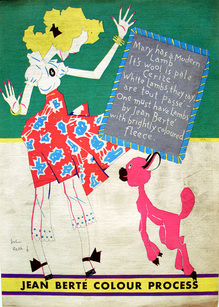
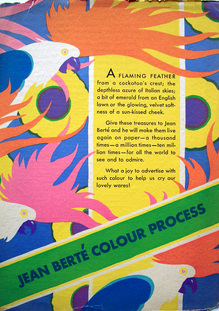
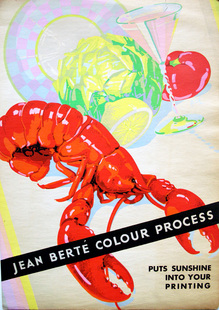


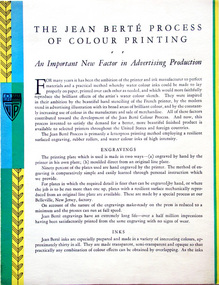
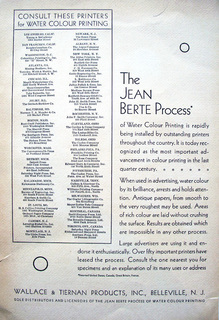

We own a printing company that’s based in Miami, FL and uses relative technics! Awesome article! I will share with friends and employees!
Thanks!
Kevin Frankford
This is a very unique printing process.......thanks for posting